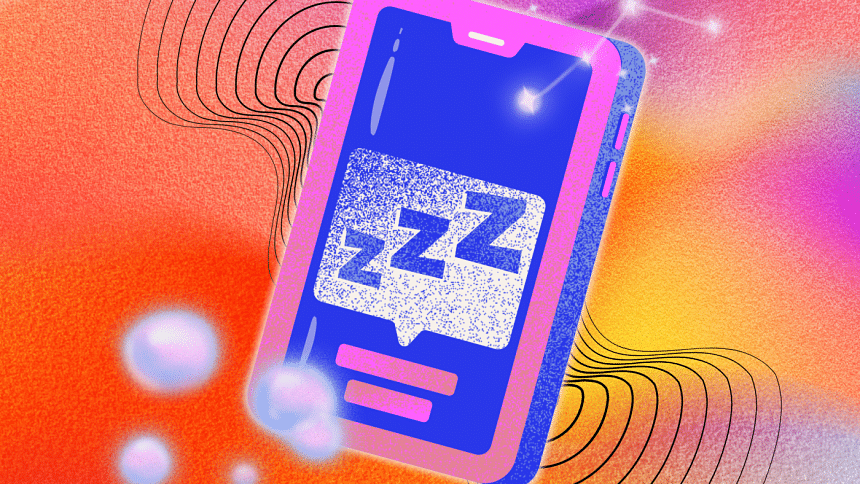White noise and how it works

White noise is the type of noise that's painfully obvious when it's absent or when there's a sudden dip in focus. Often an essential auditory stimulus for attention-retention and environmental awareness, many of us are unaware of our reliance on it since it is a latent subconscious phenomenon.
Research shows that some forms of white noise can improve focus by blocking out distracting sounds and reducing the variability of the auditory environment. For those with ADHD, white noise may have a stabilising effect by lowering impulsivity and improving attention control. For the rest of us, it can create an environment perfect for deep work. For better study sessions, work hours, or creative endeavours, many young people, including myself, have embraced the use of white noise apps that help curate a calming soundtrack profile or personalised music playlists on YouTube and Spotify.
White noise is not noise pollution, which can cause sensory overload. It is a steady, peaceful background sound that aids in concentration. However, many confuse white noise with an overwhelming barrage of noises that induces stress and impairs focus. Consider the difference between a gentle rain shower and a torrential downpour; one is calming, while the other is chaotic.
For me, different types of white noise each serve different purposes. For example, whether it is classical melodies or lo-fi beats, music generally helps me get into a flow state and makes boring tasks more bearable. A familiar TV shows playing in the background can have the same effect as a warm blanket on a cold day. Even seemingly insignificant talk, like those overheard in coffee shops and while working or studying in public spaces, can help you feel a sense of community and lessen the loneliness of working by yourself.
Sleep is often regarded as a solitary activity that thrives in silence and darkness. However, these very elements can make many prone to overthinking. I have found white noise to be therapeutic for me in terms of regulating sleep. Whether it is the calming sound of Netflix playing in the background or the cosiness of drifting off to sleep while listening to music, I have found a cosy bubble that helps me sleep.
White noise is not a one-size-fits-all solution, however. Tastes vary, the same way that they do in music or food. Some people find comfort in the busy sounds of a café, while others prefer to be alone in a quiet library. You can also find your personal cocoon of comfort in white noise with some caution, moderation, and curation - all you have to do is listen.
References:
1. Ghasemi, S., Fasih-Ramandi, F., Monazzam, M. R., & Khodakarim, S. (2023). White Noise and Its Potential Applications in Occupational Health: A Review. Iranian journal of public health, 52(3), 488–499. https://doi.org/10.18502/ijph.v52i3.12132

 For all latest news, follow The Daily Star's Google News channel.
For all latest news, follow The Daily Star's Google News channel. 



Comments